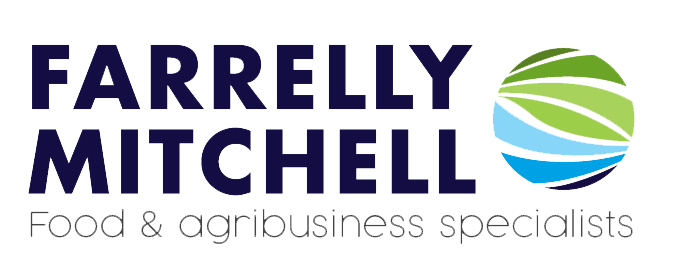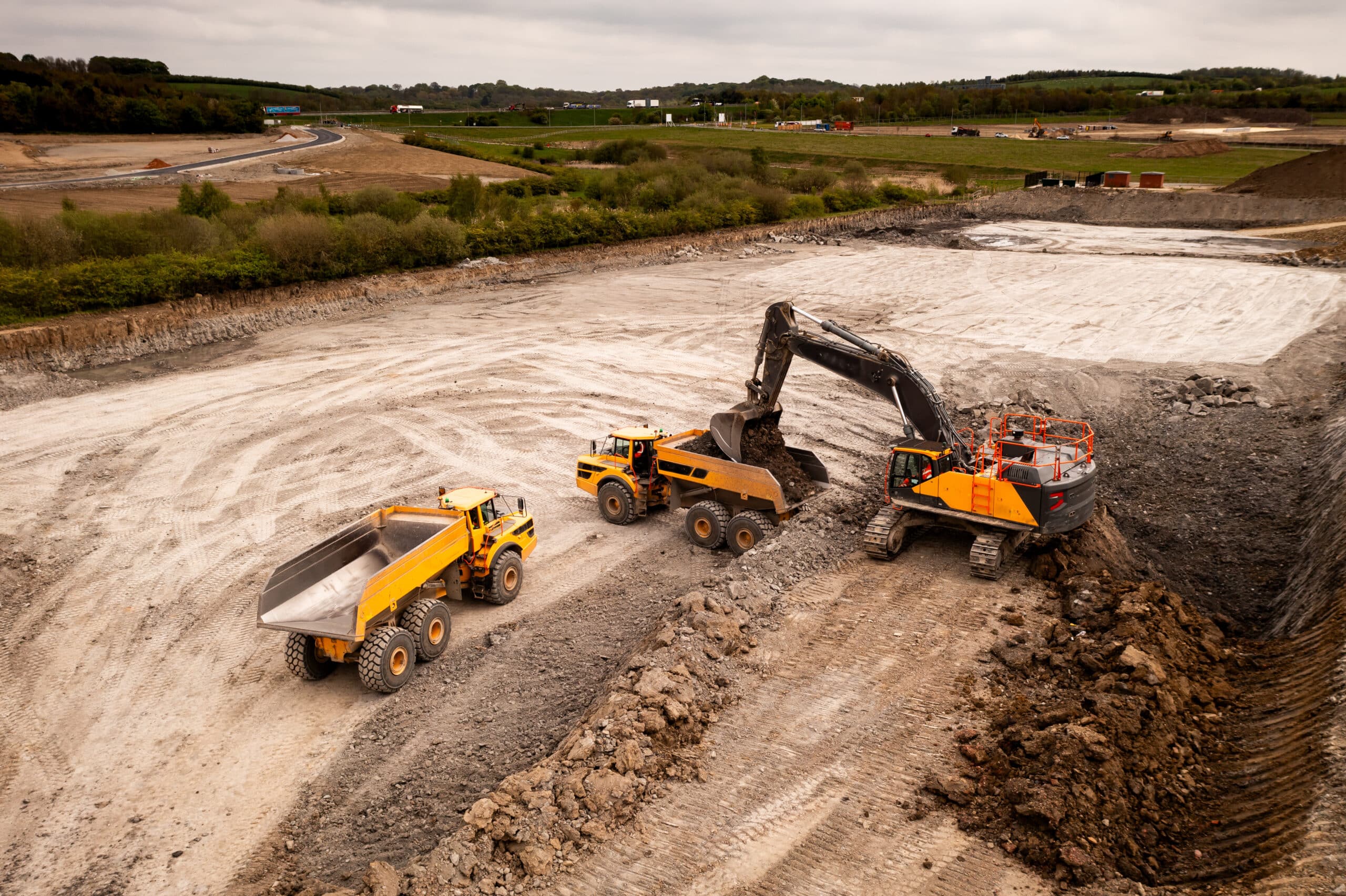Greenfield vs brownfield investments represent two distinct strategic options, both equipped with their advantages and disadvantages. With greenfield investment, a company builds a brand-new facility or operation from the ground up, often in a new location or country, whilst brownfield investment oversees the acquisition of an existing facility or business for either repurposing or expansion.
Choosing between these two is a high-stakes decision that often has far-reaching implications across multiple dimensions—from risk management and capital requirements to regulatory compliance and environmental impact. This article explores these considerations alongside the risks and benefits associated with greenfield and brownfield investments.
Greenfield vs brownfield risk management
Greenfield and brownfield investments offer significantly different risk profiles. A greenfield investment typically carries higher upfront risk because it inherently involves many unknown variables. For example, a project may encounter difficulties with local labour availability or unanticipated engineering challenges. Where greenfield projects involve entering new regions, these risks are often compounded by political and security risks – from unstable policy environments to infrastructure challenges.
By contrast, brownfield investments tend to mitigate certain risks by leveraging existing operations. This can dramatically reduce market and operational risks, particularly where the business model is already proven in that location. Risks can be further reduced in cases where the buyer also acquires valuable local know-how and existing relationships or has a higher degree of initial certainty regarding output and cash flow. This is often the case when buying into an established local entity that understands how to operate in that environment.
That said, brownfield investments are not without risks. One of the most common pitfalls is the risk that the existing facility may not be an ideal fit for the new owner’s needs– for example, the equipment might be outdated or the layout inadequate. This can be problematic, particularly if the acquired property is leased rather than owned, as making improvements may not be permissible. Brownfield investments may also pose integration risks with differences in management styles, corporate cultures, or systems, often leading to disruptions or requiring careful management.
In short, greenfield vs brownfield investment decisions require unique risk management strategies. Brownfield projects require a strong focus on integration and culture alignment, while greenfield projects require more stakeholder management and project planning expertise.
Environmental, community, and social issues
The choice between greenfield and brownfield investments has significant environmental and social consequences. Greenfield investments often raise immediate environmental concerns, as they inherently contribute to urban sprawl, habitat loss, deforestation, and soil disturbance. They may also increase water usage, which can be a significant issue, particularly in water-scarce regions. Construction can also disrupt local residents and ecosystems, as it generates significant noise, dust, and increased traffic. This often leads to mixed community reactions as the promise of new jobs and economic development is met with reservations regarding environmental degradation or social disruption.
However, greenfield projects can provide businesses with a clean slate for implementing more sustainable designs and advanced environmental technologies. Companies can proactively engage with communities, potentially building infrastructure or creating development programmes that benefit local residents, workers, and the wider environment. This often requires public consultations, a frank and thorough assessment of the organisation’s environmental impact, and a strong commitment to community engagement as the organisation seeks to align itself with local needs, regulations, and ecosystems.
Brownfield investments, on the other hand, typically carry a very different environmental and social profile, as they often involve existing sites. This means that these projects are often welcomed for their ability to revitalise previously degraded or neglected areas and stimulate local economic renewal. However, it is worth noting that brownfield redevelopments can still come with their own sustainability challenges. For instance, new owners might have to contend with legacy issues such as past environmental abuse, which can be challenging. So although brownfield strategies may align well with sustainability goals by recycling, upcycling, and reusing land and infrastructure, they often present their own issues.
Greenfield vs brownfield regulatory compliance
Navigating regulatory requirements is critical for any food or agriculture investment, and both greenfield and brownfield projects come with very different regulatory compliance challenges.
Greenfield projects typically face longer regulatory processes, requiring numerous land-use, environmental, construction, water usage, emissions, and waste permits. Also, where greenfield projects rely on foreign direct investment (FDI), they may face additional regulations, including restrictions on foreign land ownership or investment licences. These demands often require careful planning, as regulatory delays can significantly impact project timelines and costs.
Brownfield investments often avoid such regulatory hurdles since existing facilities will typically have the necessary permits and licences in place. This is particularly true in many emerging markets, where acquiring local companies with established business practices can significantly reduce bureaucratic obstacles. However, acquirers need to be mindful of any responsibilities they may assume, such as historical liabilities, outdated permits, or deferred maintenance, as these can prove costly. Thorough confirmatory due diligence is often required to identify any hidden risks and ensure ongoing regulatory compliance, as inherited issues can quickly offset any advantages gained by acquiring the asset.
It is also worth noting that some regions and regulatory bodies favour one approach over the other, with some fast-tracking approvals for greenfield projects to stimulate development, while others will provide grants and other financial incentives for brownfield redevelopments.
Greenfield vs brownfield capital and time requirements
Greenfield and brownfield strategies differ significantly in their financial requirements, timeframes, and return on investment. Greenfield projects often require substantial upfront capital for purchasing land and equipment, constructing facilities, and developing the necessary infrastructure. This typically delays the point at which investors can recover their initial investments, as significant cash outflows occur before any revenue is generated.
However, well-executed greenfield investments offer long-term advantages. New facilities can be designed for optimal efficiency and future expansion, potentially yielding better operating margins, lower maintenance costs, and improved energy efficiency.
By contrast, brownfield investments avoid many construction and development expenses, effectively leveraging capital the previous owner already invested. There is also the added cash flow advantage, as facilities can typically become operational under new management within weeks or months rather than years, enabling a faster return on investment. This ability to establish their presence in new regions in months rather than years is often cited as the primary reason companies choose brownfield investments over their greenfield equivalents.
However, it is worth noting that brownfield investments may require significant post-acquisition capital for renovations, expansions, or technology upgrades, which may offset the lower upfront acquisition costs and capital requirements.
From a business planning perspective, the financials vary significantly when comparing greenfield vs brownfield investments. Brownfield investments can usually be evaluated based on the target’s current financial performance, whereas greenfield projects rely on assumptions about future performance, which is inherently less certain.
The right investment strategy
Choosing between greenfield and brownfield investments is a strategic choice, with both approaches having inherent advantages and challenges. The decision will ultimately need to align with the company’s overall strategy, risk appetite, and values varying on factors such as market maturity, availability of suitable acquisition targets, regulatory environment, and much more.
Senior executives must balance the need for speed and lower risk against strategic control and potentially lower operating costs, all while ensuring prudent financing of the investment. Ultimately, most businesses will employ a hybrid expansion strategy, acquiring brownfield assets where strategic targets exist at reasonable prices and developing greenfield projects where gaps exist or custom facilities are necessary.
Greenfield vs brownfield decisions should therefore be made on a case-by-case basis, with investors rigorously assessing each opportunity through a combination of market analyses, detailed financial models, and extensive due diligence.
At Farrelly Mitchell, our investment experts hold a wealth of experience and a deep understanding of the complexities involved in greenfield and brownfield investing. We provide due diligence, risk management, feasibility, and financial modelling services, ensuring that investors have the insights and strategic guidance needed to maximise returns and mitigate risks. Whether assessing new opportunities, optimising operations, or navigating regulations, our team delivers tailored solutions that drive sustainable and profitable investing. To discover how we can help your organisation make the right food and agribusiness investments, contact us today.














